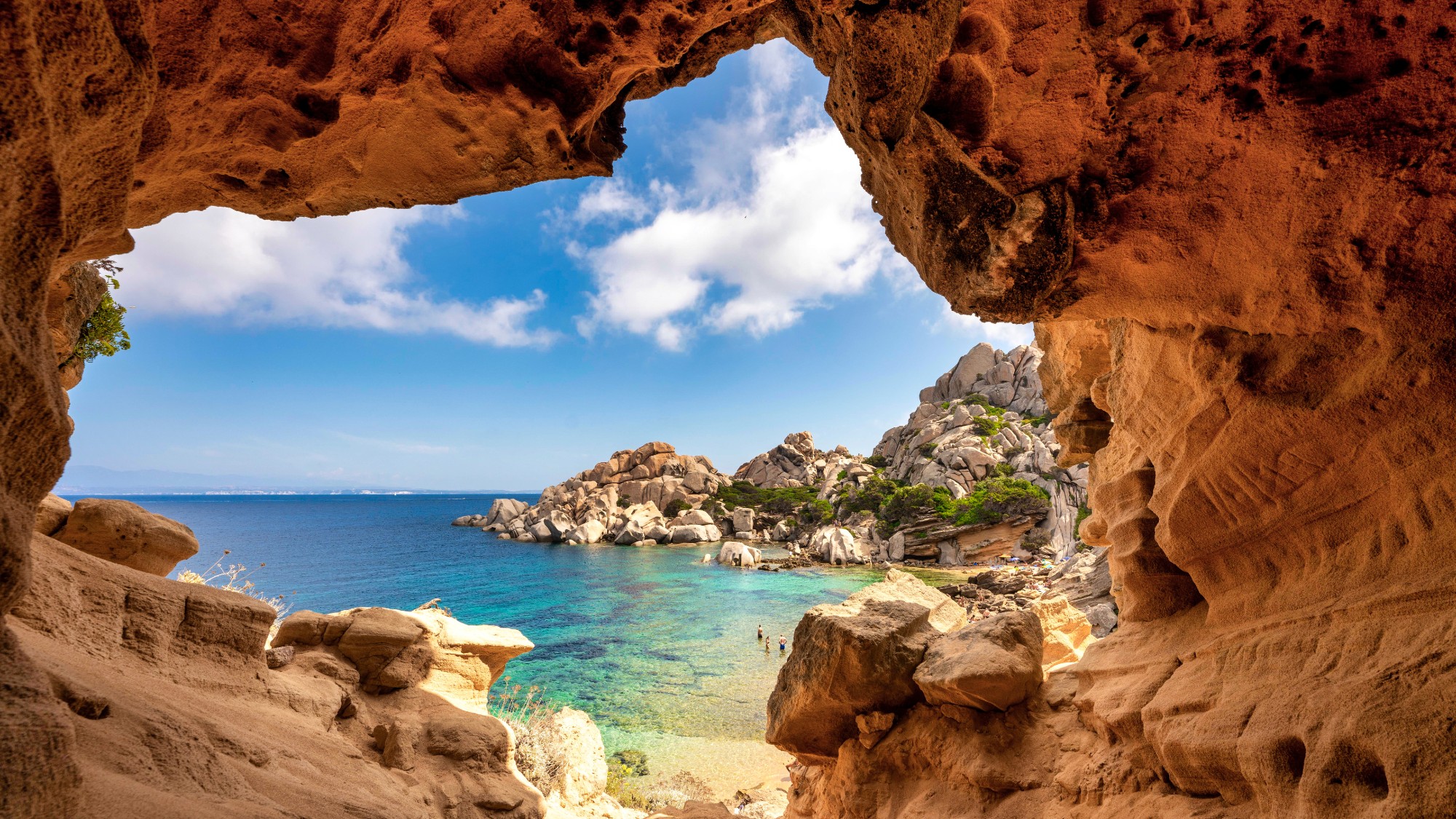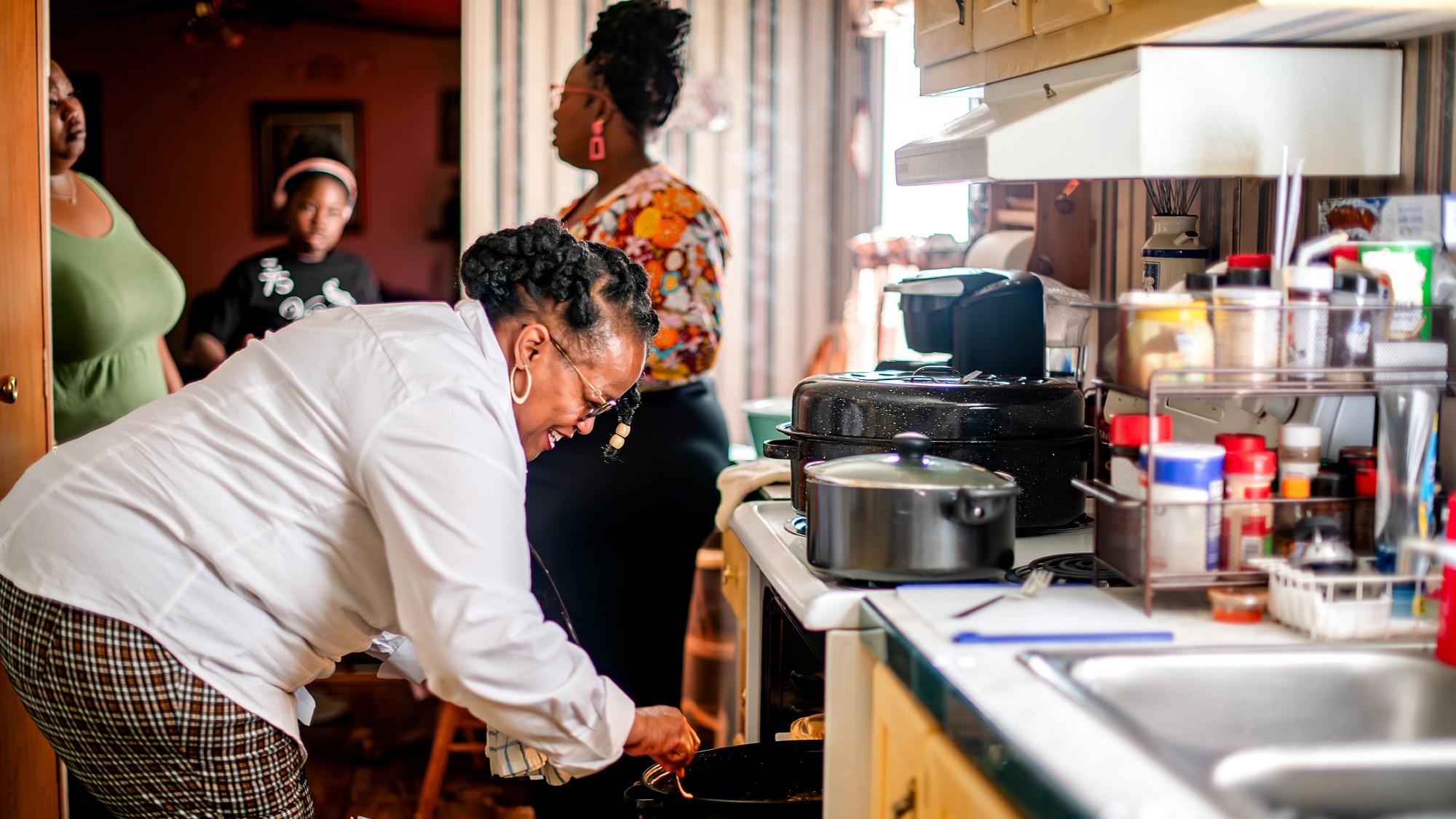One great cookbook: 'Truly Mexican'
A book that will teach you the bones of one of the world's great cuisines


When you make a purchase using links on our site, The Week may earn a commission. All reviews are written independently by our editorial team.
Full-fledged dishes are a swell way to learn to cook. Sometimes, though, making boeuf bourguignon when you can hardly brown beef is a bit like putting the cart before the cow, er, horse. Yet many cookbooks are devoted to unabridged endgames.
A less-common approach is to shape a cookbook around the DNA of a cooking style or culture. Starting at the baseline, with building blocks rather than a neoclassical mansion, is a sublime way to learn to master — or even dabble in — a cuisine. Such is the import and impact of Roberto Santibañez's 2011 cookbook "Truly Mexican."
The Week
Escape your echo chamber. Get the facts behind the news, plus analysis from multiple perspectives.

Sign up for The Week's Free Newsletters
From our morning news briefing to a weekly Good News Newsletter, get the best of The Week delivered directly to your inbox.
From our morning news briefing to a weekly Good News Newsletter, get the best of The Week delivered directly to your inbox.
Four chapters, four keystones
There are 31 states and one federal district, Ciudad de México, in Mexico. The country's cooking is heterogenous, but there are filaments that connect the different regions' ways of feeding themselves. Santibañez, a native of Mexico City, is the chef of the Fonda restaurants in New York City and of the Mi Vida restaurants in Washington, D.C. In "Truly Mexican" he pares the essence of Mexican cuisine to four requisite categories: salsas; guacamoles; adobos; and moles and pipianes.
Each section, in its comprehensiveness and loyalty to regional authenticity, dispatches any clichéd notions of Mexican cuisine's sameness. The salsa chapter, of course, opens with pico de gallo. Santibañez interrogates our understanding of the border-crossing staple: "the key to this salsa is adding plenty of lime juice and salt, and not skimping on the chiles. Because without a burst of acidity and hear, you're just eating chopped tomatoes." Preach, Roberto.
He tours a collection of salsas, both fresh and cooked. Fruits such as peaches, papayas and pineapples appear in both salsas and guacamoles. Fusion frippery, this is not. Each salsa and guacamole has a point of regional origin or a personal genesis tale.
Where salsas and guacamoles are condiments, the adobos, moles and pipianes Santibañez extols are the Spanx that shape and accentuate all manner of protein. Shell-on shrimp, for example, are blanketed in a choice of three kinds of adobo, each fortified with a lone chile or a mix of them: guajillo adobo; ancho adobo; or three-chile adobo. He shows you not only how to cook a range of adobos but demonstrates how versatile they can be. A kinetic wardrobe of mix-and-match essentials.
A free daily email with the biggest news stories of the day – and the best features from TheWeek.com
Adobos are simple compared to the complexities of moles and pipianes. "Most likely derived form the ancient Nahuatl word molli — which means, essentially, 'a bunch of ingredients ground up' — mole is simply a mixture of ingredients that typically includes some combination of chiles, spices or herbs, tomatoes or tomatillos, and sometimes seeds or nuts," Santibañez writes. Pipanes are the seed-centric siblings of moles.
The notion of assembling a mole can be daunting to the uninitiated, so the book divides the moles by texture: recipe for thins come first, followed by thicks. Pipianes are splintered by main component: a handful of recipes for pumpkin seed pipianes before mini-sections on encacahuatados (peanut-sauced), almendrados (almond-sauced) and then other nuts and seeds. Cumin-spiked pumpkin seed and cascabel chile dip, anyone?
Two bonus chapters
Santibañez is a chef, after all, which means he wants to feed you. So the final eighth of the book includes two mini chapters, "More Ideas for Using Mexican Sauces" and "Sides." In the first, you put those shrimp in adobo sauce to handheld use in a recipe sketch for shrimp tacos, topped with one of three salsas from the book: mango and pineapple salsa; peach salsa; or fried serrano salsa. Or you can make enchiladas. Or tamales. You get the idea.
The "Sides" chapter demands your meal go holistic, with four bean recipes and vegetable dishes like zucchini and corn with cream. You blinked, and you can now assemble not only a mean tomatillo salsa and black mole, but also a rounded Mexican meal.
Scott Hocker is an award-winning freelance writer and editor at The Week Digital. He has written food, travel, culture and lifestyle stories for local, national and international publications for more than 20 years. Scott also has more than 15 years of experience creating, implementing and managing content initiatives while working across departments to grow companies. His most recent editorial post was as editor-in-chief of Liquor.com. Previously, he was the editor-in-chief of Tasting Table and a senior editor at San Francisco magazine.
-
 The ultimate films of 2025 by genre
The ultimate films of 2025 by genreThe Week Recommends From comedies to thrillers, documentaries to animations, 2025 featured some unforgettable film moments
-
 Political cartoons for January 3
Political cartoons for January 3Cartoons Saturday's political cartoons include citizen journalists, self-reflective AI, and Donald Trump's transparency
-
 Into the Woods: a ‘hypnotic’ production
Into the Woods: a ‘hypnotic’ productionThe Week Recommends Jordan Fein’s revival of the much-loved Stephen Sondheim musical is ‘sharp, propulsive and often very funny’
-
 Doreen Williams-James’ prickly pear juice recipe
Doreen Williams-James’ prickly pear juice recipeThe Week Recommends Jewel-toned, natural juice is a thirst-quenching treat
-
 8 incredible destinations to visit in 2026
8 incredible destinations to visit in 2026The Week Recommends Now is the time to explore Botswana, Mongolia and Sardinia
-
 The 8 best comedy movies of 2025
The 8 best comedy movies of 2025the week recommends Filmmakers find laughs in both familiar set-ups and hopeless places
-
 The best drama TV series of 2025
The best drama TV series of 2025the week recommends From the horrors of death to the hive-mind apocalypse, TV is far from out of great ideas
-
 The most notable video games of 2025
The most notable video games of 2025The Week Recommends Download some of the year’s most highly acclaimed games
-
 8 restaurants that are exactly what you need this winter
8 restaurants that are exactly what you need this winterThe Week Recommends Old standards and exciting newcomers alike
-
 7 bars with comforting cocktails and great hospitality
7 bars with comforting cocktails and great hospitalitythe week recommends Winter is a fine time for going out and drinking up
-
 7 recipes that meet you wherever you are during winter
7 recipes that meet you wherever you are during winterthe week recommends Low-key January and decadent holiday eating are all accounted for
